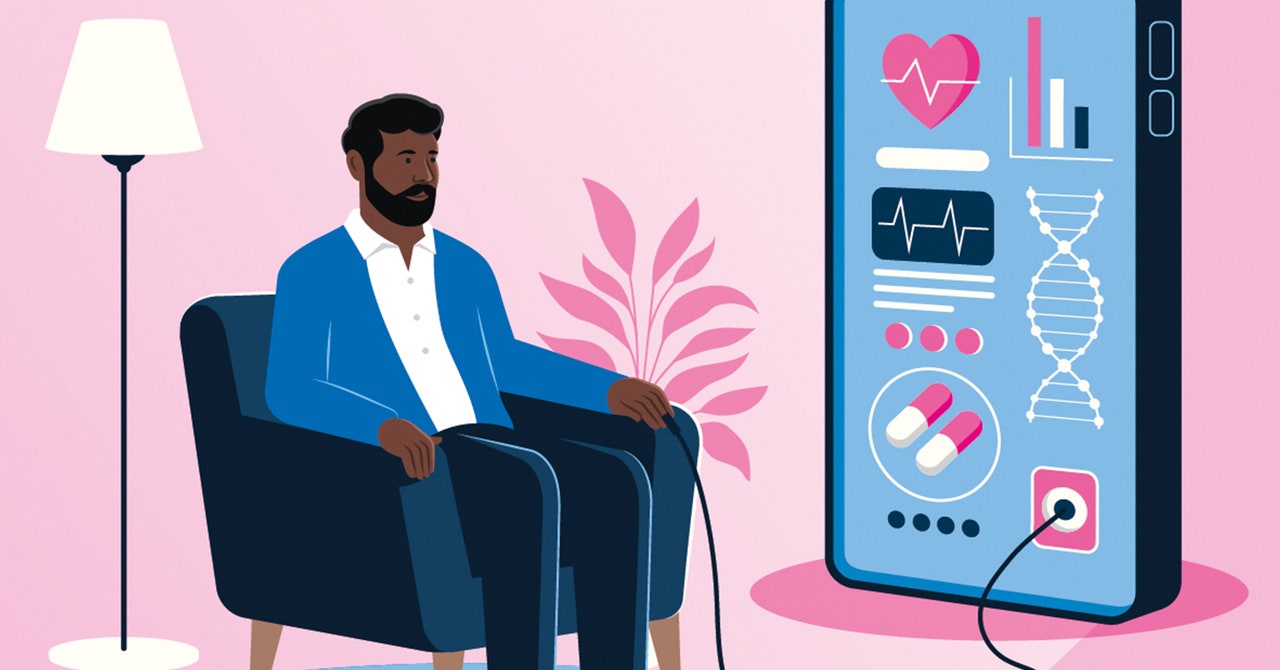
Highly reliable systems have built-in redundancy. For instance, with public services like water, when we turn a tap on, we fully expect water to flow. We’d be quite indignant if that wasn’t the case, and we’d expect swift investment in reservoirs and repairs of leaks that would add redundancy to the system and restore normal service. The same is expected in the aviation industry: While a plane can fly on one engine, all commercial jets have two or even four engines to ensure there isn’t a devastating failure.
Somehow, however, we’ve learned to live without redundancy in our hospital capacity such that, when highly predictable seasonal demand occurs, the situation becomes exceptionally problematic. According to the Organisation for Economic Co-operation and Development, the average number of beds per capita is about 4.4 per 1,000, with a bed occupancy rate of 76 percent. The lowest rates across the whole of Europe are in Sweden and the UK: The UK has 2.5 beds per 1,000, and last year it had a bed occupancy rate above 93 percent. The impact of the lack of redundancy is clear, particularly during winter: People end up with lengthy waits in the emergency departments, ambulances stack up outside hospitals, and patients with planned surgery see those operations canceled.
Virtual wards are one way to improve the situation. These provide hospital-level care to patients at home using some simple technology—often an app or a sensor and a few medical devices—which allow medical staff to remotely monitor the patient’s clinical condition. Virtual wards allow patients admitted to hospital to go home many days earlier and still get quality care in the comfort of their own home. We now have tech-enabled virtual wards in every part of England, available on the National Health Service.
Even more ambitious is digital home care, which includes patients with an ongoing, long-term condition that needs constant monitoring. This is important, because 70 percent of hospital beds are occupied by someone who is there due to their long-term condition. In Airedale, they’ve managed to halve the rate of people with chronic obstructive pulmonary disease, a progressive lung disease, who have to come into hospital as an emergency admission. Imperial College, in London, achieved similar results for patients with heart failure.
The next challenge is to move from a vibrant cottage industry of digital home care to our own industrial revolution. We are currently avoiding hospital admissions and helping people go home earlier, but to really scale, we need to recruit patients earlier than the point of admission. We now have smart population health data that can help us target people who would most benefit from tech-enabled care at home, and can intervene earlier. Home testing has also become commonplace during the pandemic, and that’s another tool that can be used in digital home care. For instance, lateral flows for neutropenic sepsis—a complication that occurs during oncology treatment—are in development, which could help anyone managing cancer from home.
Over the next few years, digital home care needs to become mainstream, making our health care system less crisis-based and more predictable, resolving issues before they escalate. We can achieve that by using the data we have and with smart tools to keep patients at home for longer. This solution will also improve job satisfaction and avoid burnout of clinical staff, which is seriously depleted right now.”
This article appears in the July/August 2023 edition of WIRED UK magazine.

